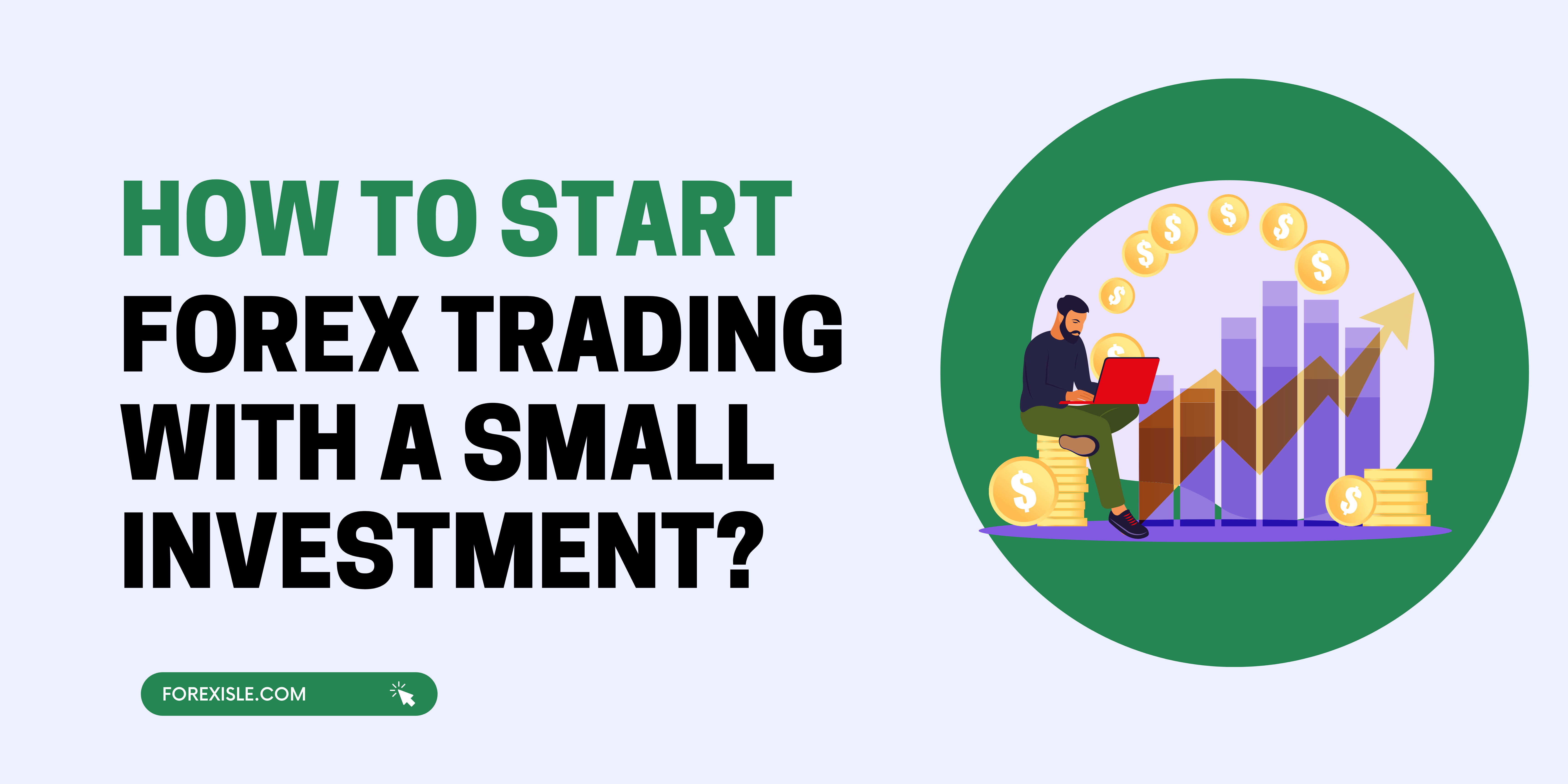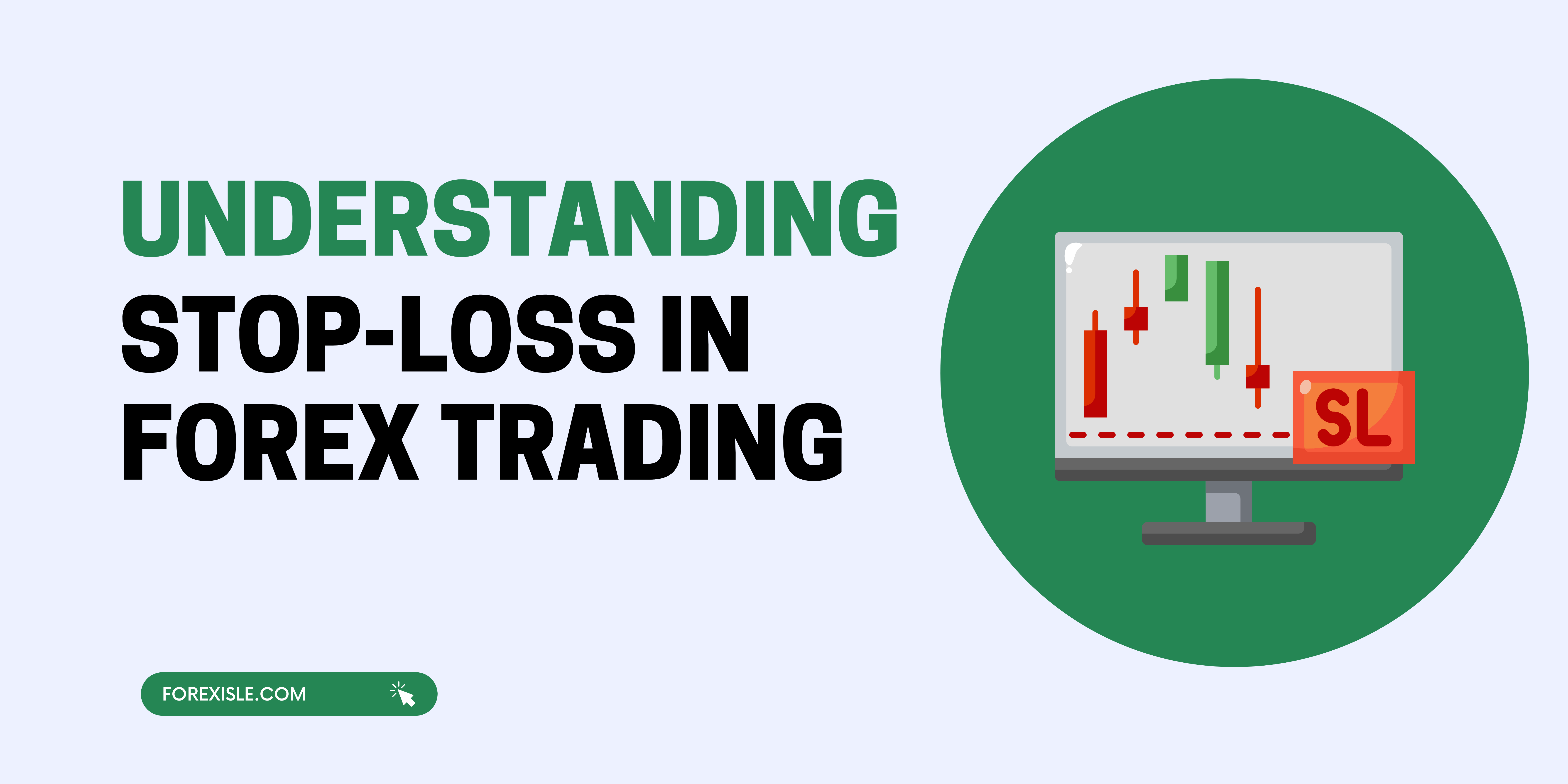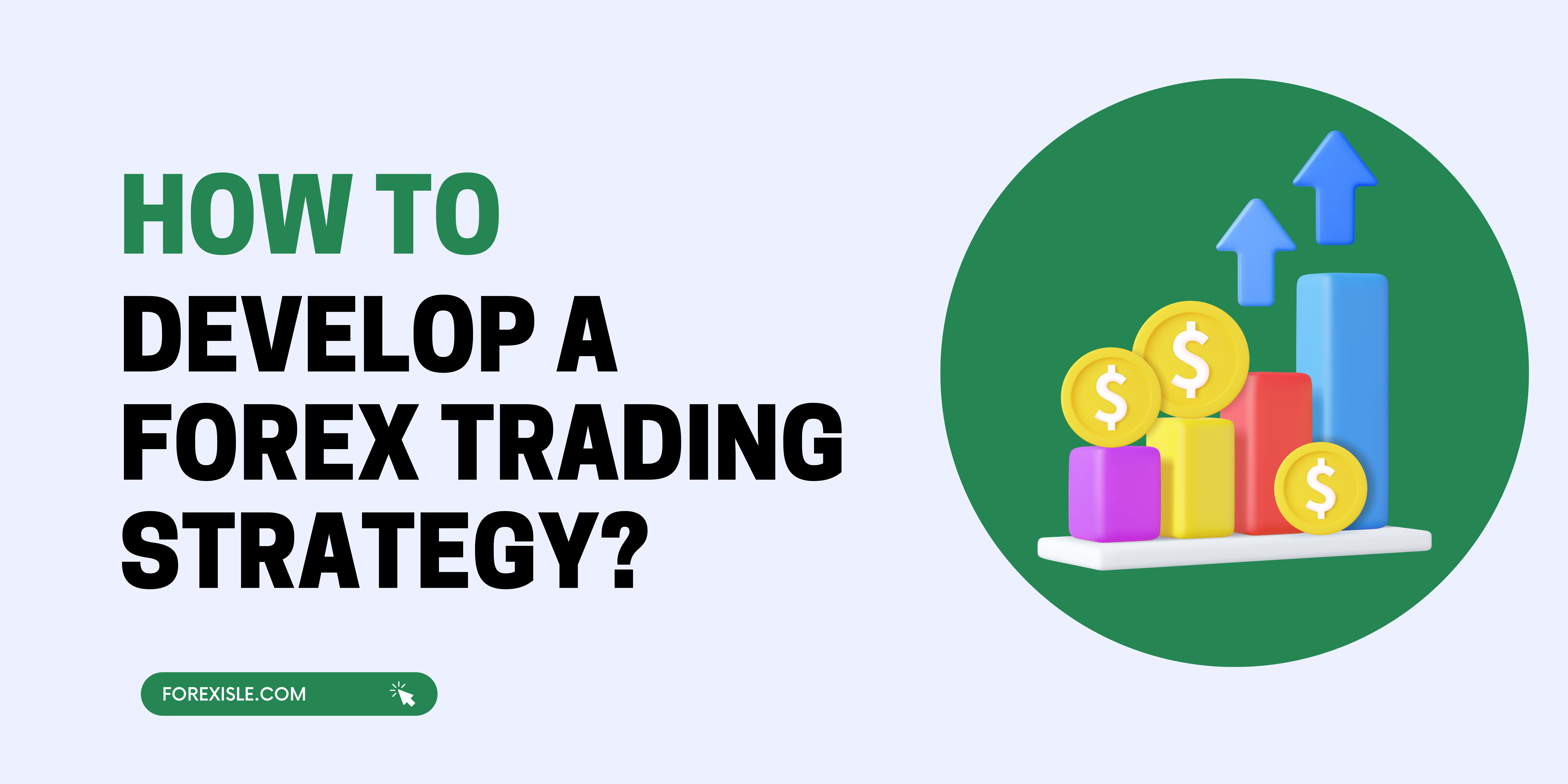Greed and fear are two of the most prevalent emotions in the world. Levels of greed and fear can be seen in sporting events, stock markets, and economies across the world. The index is a measurement of the intensity of greed and fear felt by investors on a given day.
The index captures short-term shifts in sentiment towards markets and it is often considered to be an accurate reflection of what is happening at that time. In this article, we will understand what is Fear and Greed index is and how does it work.
What is the Fear and Greed Index?
The Fear and Greed Index is a term that was coined by the popular author and motivational speaker, Jim Cramer, in his book “How to Be a Successful Trader Without Losing Your Bankroll.”
The index is calculated by taking the Value Composite Index of the S&P 500, subtracting the Industrials Index, and dividing it by 10 for an annualized value.
The Fear and Greed Index (or F&G index) is a volatile measure of the stock market. Market analysts use this metric to try and determine whether investors are greedily buying or fearfully selling shares. The index fluctuates at a rapid rate, with current readings hovering around 51 points on the 100 point scale.
The Fear and Greed index is calculated by subtracting the number of greed shares from the number of fear shares.
How Do You Measure Greed And Fear?
Measuring greed and fear is a tricky business. But there are a few guiding principles that can help you to do it accurately.
Every investor has an emotional toolbox that will either fuel them or hold them back when making investing decisions. Understanding your own strengths and weaknesses can be helpful when trying to take an objective look at your investments. When you know what emotions are controlling the decisions, you can try to counterbalance them with other ones in order to make better investment choices.
In modern society, greed and fear are two topics that some people feel strongly about. However, some people may have differing opinions on what those words actually mean. In order to have a proper discussion of greed and fear, it is necessary first to define them.
The first definition of the word “greed” is a feeling or desire to obtain more than one’s fair share of something desirable, especially wealth or power.
Greed vs hope
Determining the best way to approach the stock market can be complicated. Many argue that greed is one of the most important factors that drive the market. Comparing their ideas with those of others, it is clear that they are correct in stating that greed is an influential force in driving people’s decisions about stock market investing. Surely, hope does not play a large role, but without hope, there would be no need for greed. The main point is: what drives people to purchase stocks? Greed? Faith? Hope?
Maybe all three, but what I think is that greed is the main driver. People want to make more money than what they have now. They want to live in luxury. They want to buy nice things, drive nice cars, go nice places. Greed is a powerful motivator.
I’m not too sure about faith. I can think of maybe one or two people in my life who have faith in the stock market. It’s not the main driver of their lives. They are interested in the stock market for other reasons.
How does CNN’s Fear And Greed Index Work?
CNN’s Fear and Greed Index is a set of financial indicators that help track the current state of Wall Street. The index, which was created by CNN Money editor-in-chief Daren Fonda, is measured by six components: the New Highs-Lows Gap, IPO Performance Index, Trading Volumes Index, Breadth Thrusts Index, Market Volatility Index, and Investor Confidence Index.
In a society where it feels like things are going from bad to worse, the CNN Fear and Greed Index is a tool that helps make sense of what is going on. When they determine an area of America is in a recession, the index moves from fear to greed. The index is calculated by five economic factors:
The most recent figures show that Florida, Nevada, Arizona, California and Oregon are in a recession.
The Fear and Greed Index for CNN is a way to measure market sentiment. It is a comparative measure of just how much fear or greed is affecting the stock market at any one time. CNN’s anchors provide daily commentary about the index with their analysis on what it means in terms of investments.
The CNN Fear and Greed Index is based on two factors:
Investor Sentiments
Investors are always looking for the opportunity to grow their wealth. However, even with current market conditions, investors have been hesitant to invest in stocks or other assets. This might be because of fear that the market will drop again. Whatever the reason for it, many investors are staying away from investment opportunities and not taking advantage of this time for growth.
Market Valuations
The market valuation is the price of a company’s share multiplied by the number of shares it has outstanding. The stock valuation is an important metric to track as it can show how much money a company is worth and whether or not the company is worth investing in.
Stock valuations can be tracked by measuring the price-to-earnings ratio, which is calculated by dividing the current share price by one year’s worth of EPS (earnings per share).
The fear and greed index is also used as an important ingredient to calculate the technical price action of the stock market. The index is designed to measure the price swings in the market, which are either driven by fear or greed.
Understanding the Fear and Greed Index
In economics, the Fear and Greed Index is a measure of investor sentiment that was designed to gauge the emotions of people participating in a particular market. The sentiment of a market can have a significant impact on the price of securities in that market. Investors’ moods at any given moment can be detected by monitoring their buying and selling patterns, which can be tracked by measuring various indicators such as trading volume and volatility among others.
Dot-com bubble
The dot-com bubble was a period of time in the late 1990s and early 2000s when the stock market saw rapid growth. At its height, it is estimated that $1 trillion was invested in internet companies with no guarantee of future profitability. Many of these start-ups made use of technological innovations but had difficulty turning them into sustainable businesses. Consequently, most were unable to survive the burst of the dot-com bubble and went bankrupt.
Which Companies Were in the Dot-com Bubble?
The dot-com bubble refers to the period of rapid growth in internet-related industries that crashed in late 2000. This period was most notably marked by speculative investments and a lack of long-term value. The tech stocks of companies such as Amazon, eBay, Netflix, and Yahoo! had fallen to fractions of their original prices.
The tech bubble burst in March 2000, when the NASDAQ Composite Index fell to 5,000. The NASDAQ Composite was the first index to reflect the entire market, including the tech sector. The NASDAQ Composite index peaked at 5,048.
The list of dot-com bubble companies that could not survive:
Pets. co.
Webvan
360Networks
Boo.com
eToys
These are the major companies that survived in the dot-com bubble
- Microsoft
- Amazon
- eBay
- Qualcomm
- Cisco
Here is a complete list of companies in the dot-com bubble
- 3Com
- 360networks
- AboveNet
- Airspan Networks
- Akamai Technologies
- AltaVista
- Alteon WebSystems
- Blue Coat Systems (formerly CacheFlow)
- Boo.com
- Books-A-Million
- Broadband Sports
- Broadcast.com
- CDNow
- Chemdex.com
- Commerce One
- Covad
- Cyberian Outpost
- CyberRebate
- Digex
- Digital Insight
- Divine
- DoubleClick
- eGain
- Egghead Software
- eToys.com
- Excite
- Flooz.com
- Forcepoint (formerly Websense)
- Freei
- Gadzoox
- Geeknet (formerly VA Linux)
- GeoCities
- Global Crossing
- theGlobe.com
- govWorks
- HomeGrocer
- Infoseek
- inktomi
- Interactive Intelligence
- Internet America
- iVillage
- iWon
- Kozmo.com
- Lastminute.com
- The Learning Company (formerly SoftKey)
- Liquid Audio
- LookSmart
- Lycos
- MarchFirst
- MicroStrategy
- Net2Phone
- NetBank
- Netscape
- Network Solutions
- NorthPoint Communications
- Palm, Inc.
- Pets.com
- PFSweb
- Pixelon
- PLX Technology
- Prodigy
- Pseudo.com
- Radvision
- Razorfish
- Redback Networks
- Register.com
- Ritmoteca.com
- Steel Connect (formerly CMGI Inc.)
- Savvis
- Terra Networks
- Think Tools
- TIBCO Software
- Tradex Technologies
- Transmeta
- uBid
- United Online
- Usinternetworking Inc
- UUNET
- Verio
- VerticalNet
- Vignette Corporation
- Webvan
- World Online
- Yahoo!
How Did Amazon Survive The Dot-com Bubble?
Amazon has successfully remained afloat through the dot com bubble and is thriving in this day and age. Many people credit the company’s success to its willingness to embrace change. Their dedication to providing excellent customer service, coupled with their ability to change direction quickly when necessary, has allowed them to establish themselves as a powerhouse in the online retail sphere.
Is Crypto Like The Dot-com Bubble?
Crypto enthusiasts are starting to see similarities between crypto and the dot-com bubble. There’s a lot of money flowing into the market. New ICOs are popping up every day, fueled by both money and excitement. And people are beginning to question whether these new investments will ever really take off as the internet did back in the late 1990s.
What can we learn from the dot-com bubble? For one, that not all bubbles burst, some just deflate slowly.
Many experts and investors look to the dot-com bubble and fear a repeat in the crypto market. The bubble when the market for web-based companies that was created in the 1990s experienced rapid growth, then crashed in 2000. Investors lost billions of dollars in this collapse, but over time they were able to gradually recover their losses with stocks such as Apple and Amazon.
Using the Fear and Greed Index
The Fear and Greed Index helps traders to easily identify the level of fear or greed in the market. When the index is at zero, there is no difference between fear and greed. When it rises above zero, more greed is present than fear. Likewise, when it falls below zero, more fear is present than greed. The Fear and Greed Index has been used for more than 3 decades by traders to anticipate price direction changes.
How VIX works?
VIX, otherwise known as the Volatility Index, is used to measure the stock market’s expectation of future volatility. It was created by the Chicago Board of Exchange (CBOE) in 1993 and was designed to track changes in the volatility of the S&P 500 Index. To do this, it has a standard deviation of 30-day volatility.
The CBOE publishes VIX every hour, with reports released on Mondays and Fridays. The VIX is a market-based measure of the market’s expectation of future volatility. A VIX of 25 means that the market is expecting volatility to be 25% higher than its historical average. The VIX is generally considered to be a measure of market expectations for future volatility.
The VIX tends to move in the same direction as the S&P 500. But it’s not a perfect correlation. When the VIX is up, the S&P 500 is up. When the VIX is down, the S&P 500 is down. But the correlation is much stronger when the VIX is up by a lot.
In conclusion, the Fear and Greed Index is not a make-or-break indicator. Rather, it is an amusing index that potentially can be one small part of your investment decision process.
While the Fear and Greed Index doesn’t necessarily dictate buy or sell decisions, it may help you with your timing of trades by showing whether or not there are any correlations between fear and greed levels and stock prices.


